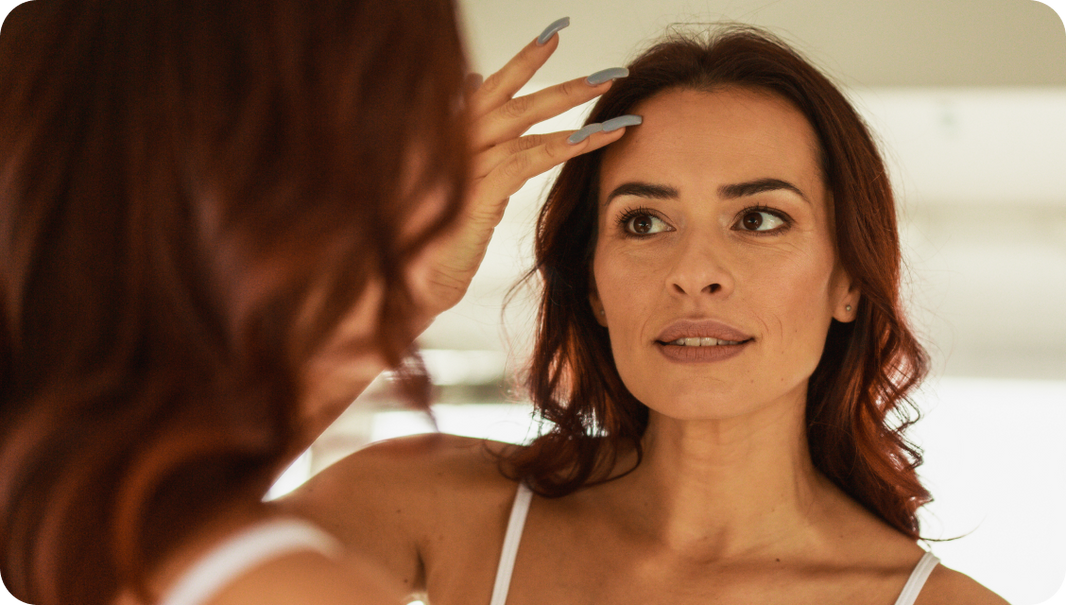Waxing is a widely preferred method for hair removal due to its ability to deliver long-lasting smoothness. However, an unpleasant side effect such as ripped skin can sometimes occur, causing pain and concern. Learning how to treat ripped skin from waxing is essential for anyone who uses this method. This guide is dedicated to offering you effective and quick solutions for treating ripped skin from waxing, ensuring you can handle this issue with confidence and ease.
Understanding Ripped Skin from Waxing
Ripped skin from waxing typically happens when the wax adheres too strongly to the skin, pulling off a thin layer along with the hair. This can be more common in sensitive areas or if the skin is not properly prepped before waxing. Several factors, such as skin sensitivity, the wax temperature, and the technique used, can increase the risk. Understanding these factors is the first step in both treating and preventing this issue.
Immediate Actions Post-Waxing
If you experience skin ripping after waxing, immediate action is crucial to prevent infection and encourage fast healing. First, gently clean the area with mild soap and water to remove any residual wax and debris. Apply a cool compress to soothe inflammation and follow up with an antiseptic cream or solution to reduce the risk of infection. It's important to cover the area with a sterile bandage to protect it from further irritation.
Optimal Healing Practices for Waxing-Induced Skin Damage

The key to quick healing is keeping the area clean and protected. After the initial care, apply a healing ointment or cream containing ingredients like aloe vera or calendula, known for their soothing and healing properties. Avoid exposing the area to direct sunlight and refrain from applying makeup or other skin irritants. If the ripped skin is in an area that experiences friction, like underarms or thighs, try to minimize contact and movement as much as possible.
Prevention Tips to Avoid Skin Damage From Future Waxing
To prevent skin ripping in future waxing sessions, proper skin preparation is essential. Exfoliate the area a day before waxing to remove dead skin cells and ensure the wax adheres only to the hairs. Choose high-quality waxes designed for sensitive skin and always test the wax temperature before application. If you're new to waxing or have sensitive skin, consider visiting a professional who can ensure the correct technique and products are used.
When to See a Doctor
While ripped skin from waxing usually heals without complications, it's important to be vigilant for signs of infection, such as increased redness, swelling, pus, or severe pain. If you notice any of these symptoms, or if the wound doesn't start to heal within a few days, seek medical advice. Sometimes, an antibiotic cream or oral antibiotics may be necessary to treat an infection.
Natural Remedies for Soothing Ripped Skin
Natural remedies can be a gentle and effective way to aid the healing of ripped skin from waxing. Ingredients like honey, known for its antibacterial properties, and coconut oil, with its soothing and moisturizing effects, can be beneficial. Aloe vera, renowned for its healing properties, can be applied to the affected area to reduce redness and swelling. These natural options provide a gentle alternative to commercial products and can be easily incorporated into your skincare routine.
The Role of Nutrition in Skin Healing

Healing from the inside is just as important. Nutrition plays a crucial role in skin repair. Foods rich in vitamins A, C, and E, as well as zinc, can promote skin healing and boost the immune system. Incorporating foods like citrus fruits, leafy greens, nuts, and seeds can aid in faster recovery of the skin. Staying hydrated by drinking plenty of water is also essential for skin health.
Tips for Comfort and Pain Relief for Ripped Skin Post-Waxing
Managing discomfort and pain is a vital aspect of healing. Over-the-counter pain relievers can be used to alleviate pain. Wearing loose, breathable clothing can prevent further irritation to the affected area. Avoiding heat sources, such as hot showers or heating pads, can also help reduce discomfort. If the pain is significant or persistent, consulting a healthcare provider is recommended.
Tracking Recovery: Healing Your Skin After Waxing Damage
It's important to monitor the healing process closely. Note changes in the appearance of the affected area, such as reduced redness and swelling. A gradual decrease in discomfort and the formation of new, healthy skin are positive signs. If you notice any negative changes or if the healing process seems prolonged, it may be time to consult a healthcare professional.
Mental and Emotional Considerations
The experience of dealing with ripped skin from waxing can also have mental and emotional impacts. It's important to acknowledge any feelings of frustration or distress and to remember that healing takes time. Practicing self-care and seeking support from friends or a support group can be beneficial. Remember, such incidents are common and usually resolve with proper care.
Conclusion
Navigating the aftermath of skin irritation from waxing can be a challenge, but with proper care and alternative hair removal methods, healing and comfort can be enhanced. IPL (Intense Pulsed Light) hair removal is an excellent option to consider, especially for those with sensitive skin or a lower pain threshold. Unlike traditional waxing, IPL uses gentle light pulses to target hair follicles, effectively reducing hair growth over time and minimizing the risk of skin damage.
This method is not only less abrasive but also offers long-term results, making it a suitable alternative for many. It's crucial to consult with a dermatologist or a professional in hair removal to understand if IPL is the best option for your specific skin type and hair texture.
Remember, each person's skin reacts uniquely to different hair removal techniques. The key is finding a method that aligns with your needs and ensures the health and comfort of your skin. Opting for IPL and following appropriate aftercare procedures can help maintain healthy, irritation-free skin. Prioritizing skin care is essential, whether you're transitioning from waxing to IPL or exploring IPL as your primary hair removal method.








